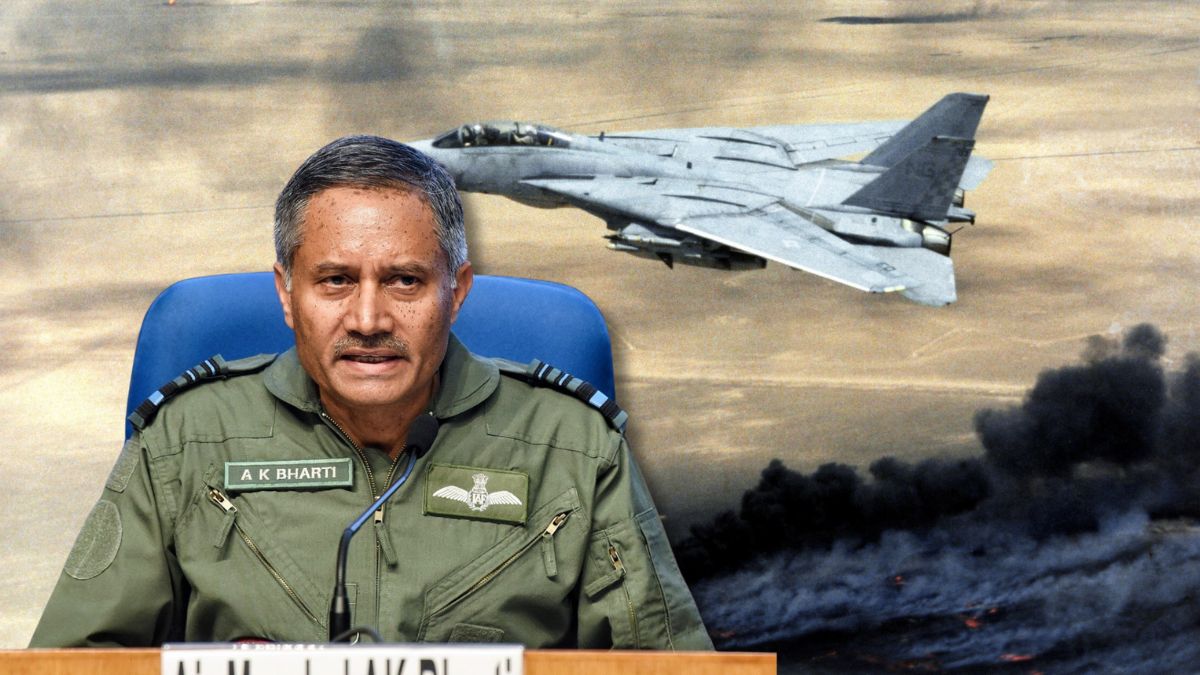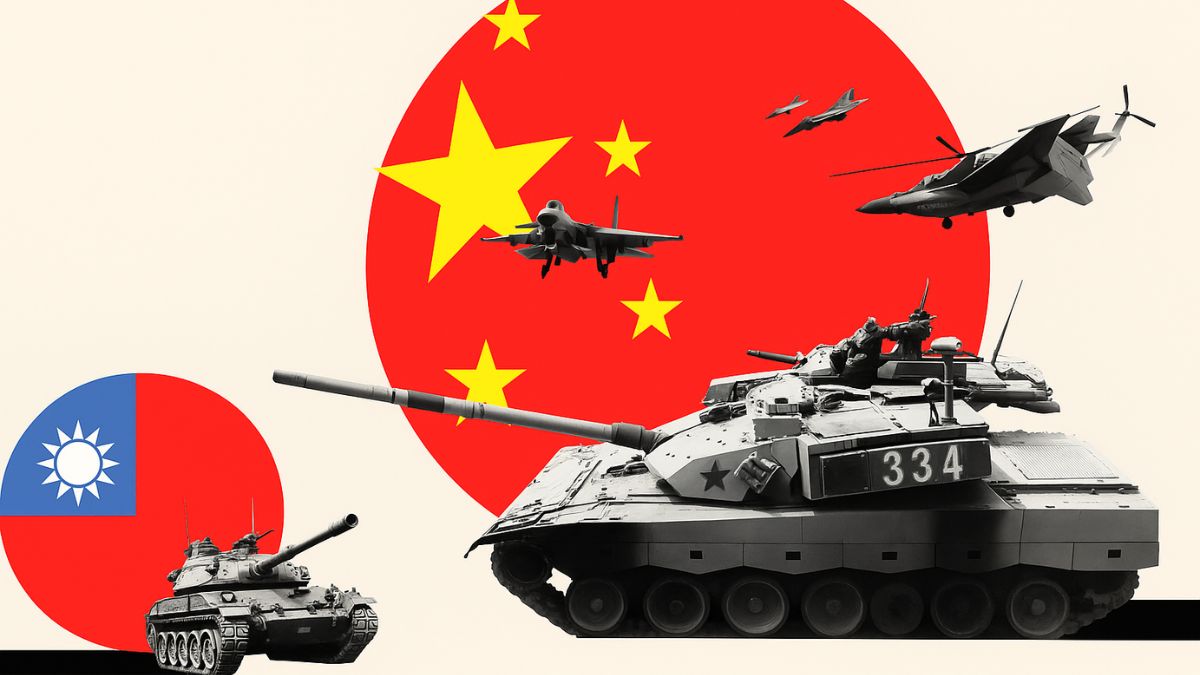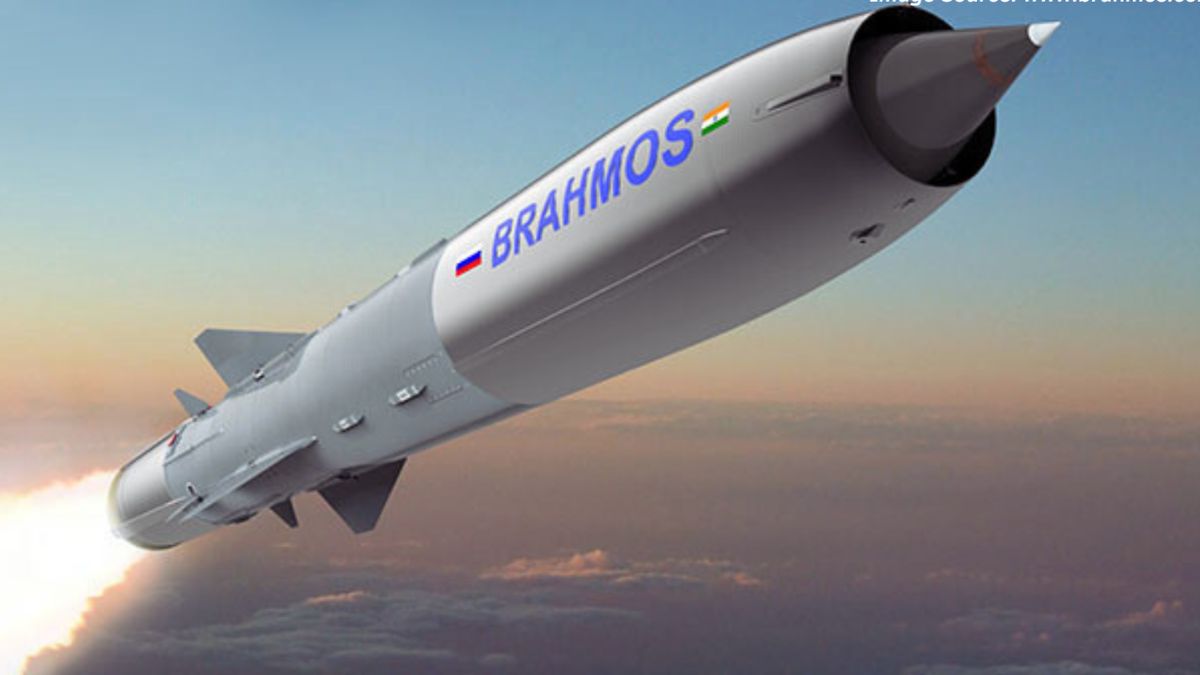No More Relying Only On High-Value Platforms; Why India Must Rethink Warfighting Tactics, AK Bharti Explains

At a time when conflict dynamics are evolving at breakneck speed, senior military leadership is warning that India must overhaul how it equips, innovates and fights. Deputy Chief of Air Staff Air Marshal Awadhesh Kumar Bharti has emphasised that the country cannot afford slow progress or technological dependence if it intends to win tomorrow’s wars.
Speaking at Aero Tech India 2025 in New Delhi, Air Marshal Bharti said India must stop relying on external suppliers for critical military technologies. With global partners unwilling or unable to share niche capabilities, he called for a decisive push towards domestic production of secure chips, communication systems, hypersonics, aircraft and space assets.
He warned that while substantial work is already underway, the journey from concept to deployment remains “painfully slow”, threatening India’s strategic autonomy.
What is the way ahead to win future wars?
According to Bharti, India must achieve “leapfrogging, a rapid jump in core military technologies rather than incremental upgrades. The Air Marshal said research and development needs a “revolution” in both pace and infrastructure to convert ideas into deployable capabilities.
“Indigenisation is the way ahead to win future wars,” he said, adding that innovation must be driven domestically if India wants to stay tactically and strategically independent.
How is warfare changing in current times?
The Air Marshal outlined a radically shifting battlespace, where wars will be fought across a full spectrum, ranging from cheap, swarm-based unmanned systems to high-end, AI-enabled platforms. He described two ends of this spectrum – low-tech, low-cost saturation, powered by drones and unmanned systems; high-tech precision warfare, using sixth-generation platforms, niche technologies and heavy payloads.
Future battlefields, the Air Marshal stressed, will see “humans and machines, robots and autonomous systems integrated with AI fighting side by side”.
What tactical shifts does India need to embrace?
Coming nearly five months after Operation Sindoor, in which Indian armed forces destroyed terror bases in Pakistan and PoK, Bharti’s message was clear: the era of relying on traditional high-value platforms alone is over. Winning future wars demands blending low-cost asymmetric tools with high-end systems, adopting AI-driven collaborative combat operations.
Additionally, we need to put impetus on Ensuring interoperability across services and platforms, and accelerating indigenous development of critical assets. Bharti also called for an immediate transformation in R&D, production ecosystems and doctrinal thinking.
What operational lessons can be learnt from recent missions?
Air Vice Marshal Anil Golani praised the Air Force’s role in Operation Sindoor, noting that it demonstrated India’s evolving joint capabilities. However, he cautioned that continued success depends on innovation in next-generation missiles and combat aircraft.
Golani highlighted the Tejas fighter programme as a template for future production models, expected to generate around 12,000 jobs annually over the next six years with contributions from 115 suppliers. He projected that MSMEs in the defence sector could grow to 16,000 by 2030.







